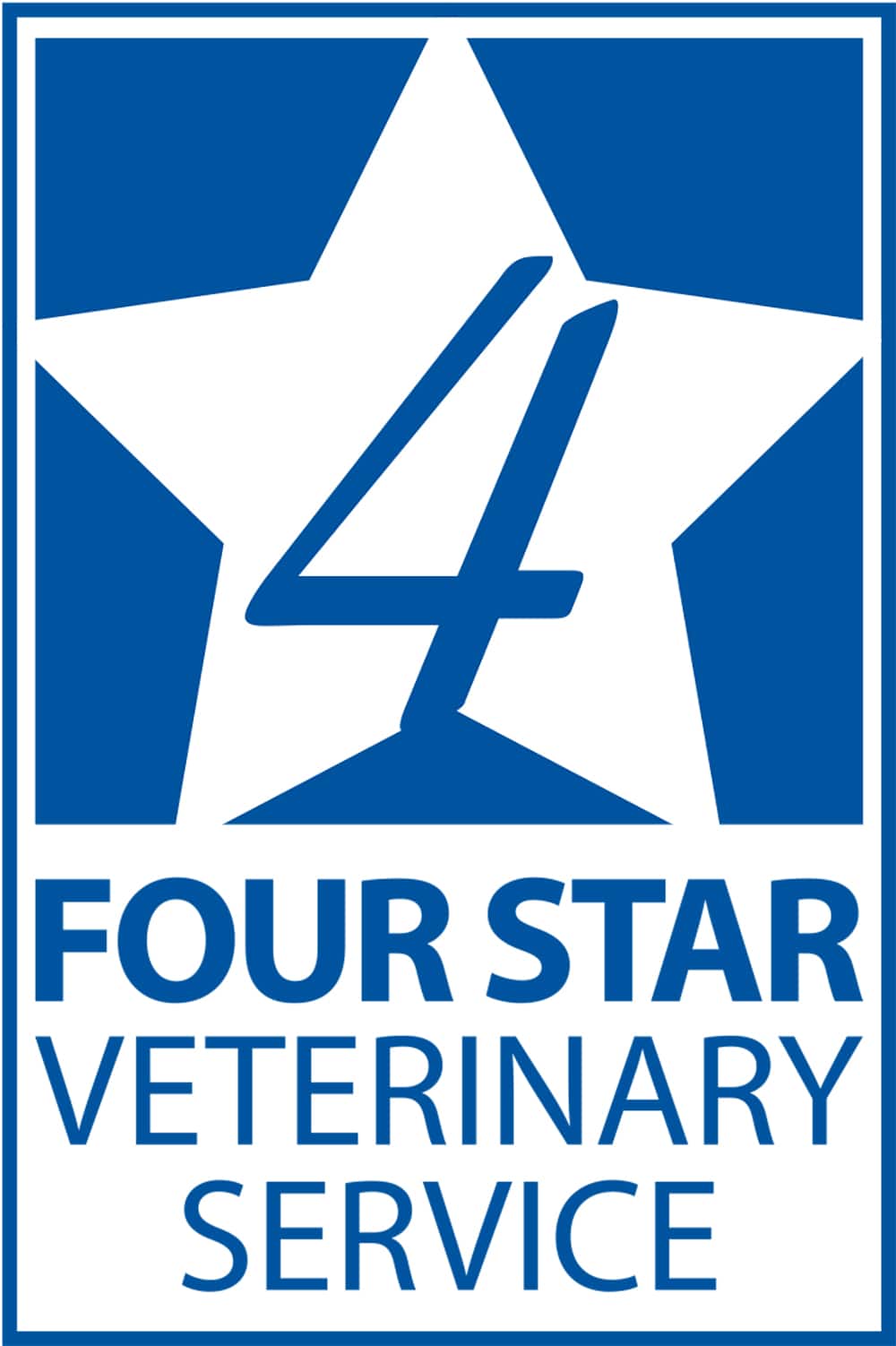The COVID-19 outbreak reinforces what veterinarians and pork producers already know — biosecurity protocols control disease.
Prepare for pork-processing cutbacks caused by COVID-19
Fallout from coronavirus disease-19 (COVID-19) continues to affect the pork industry’s workforce, especially in pork processing.
COVID-19 prompts hog farms, veterinary clinics to limit contact for workers’ health
The disease causing the greatest concern in the pork industry today is not a swine disease but a human one — coronavirus disease-19 (COVID-19).
